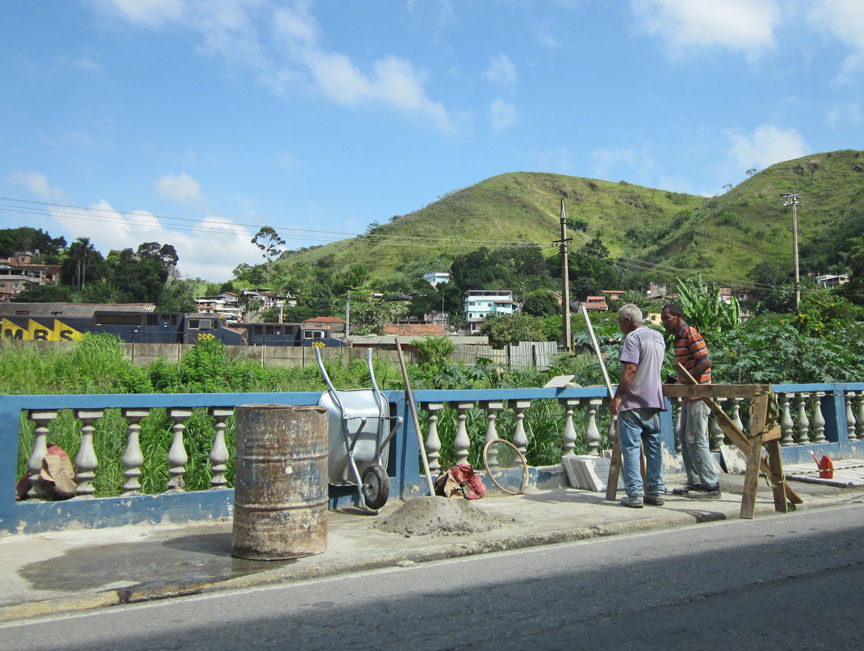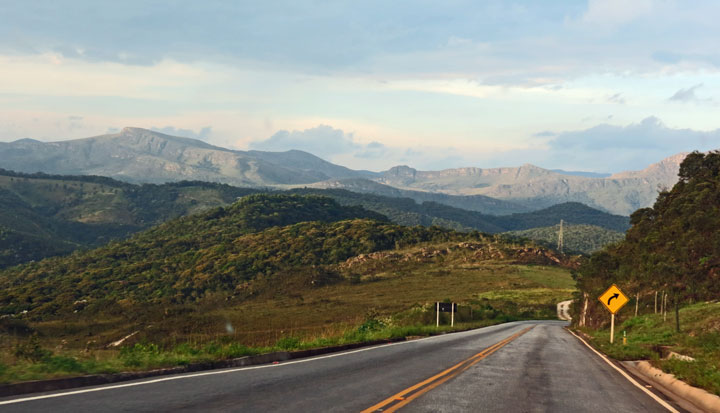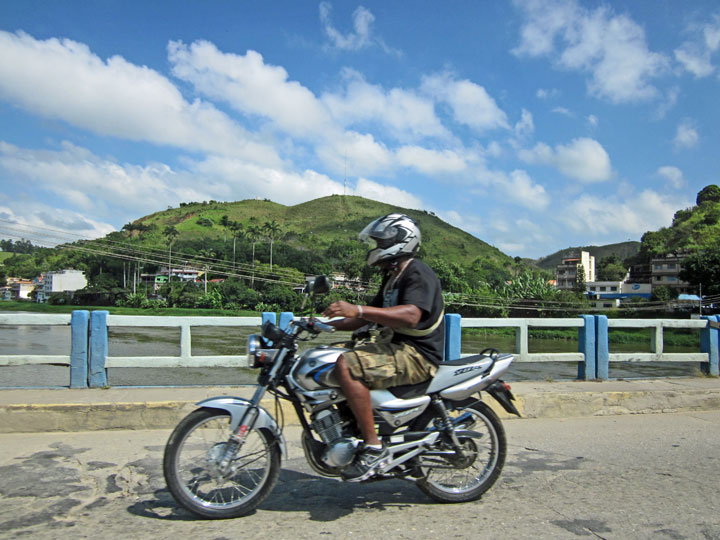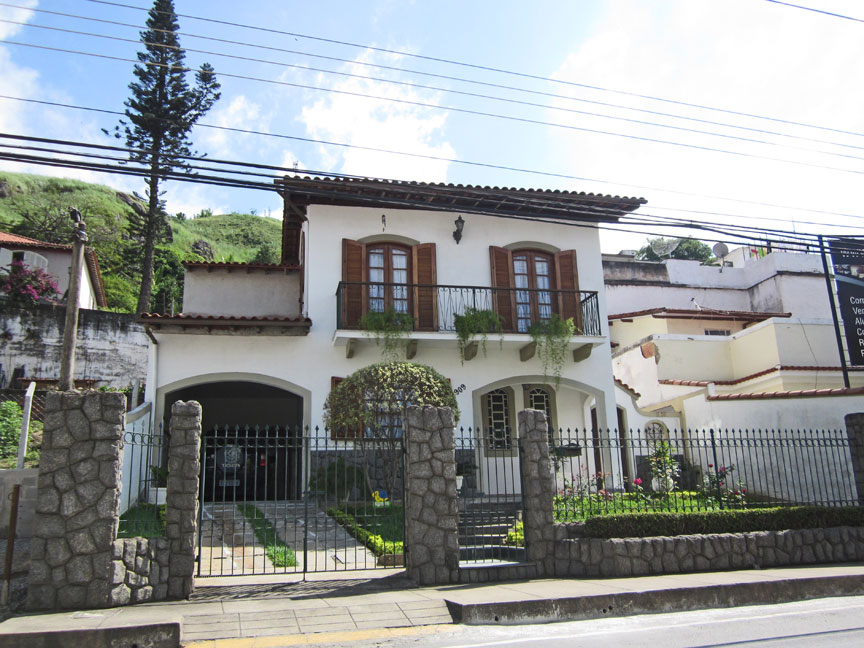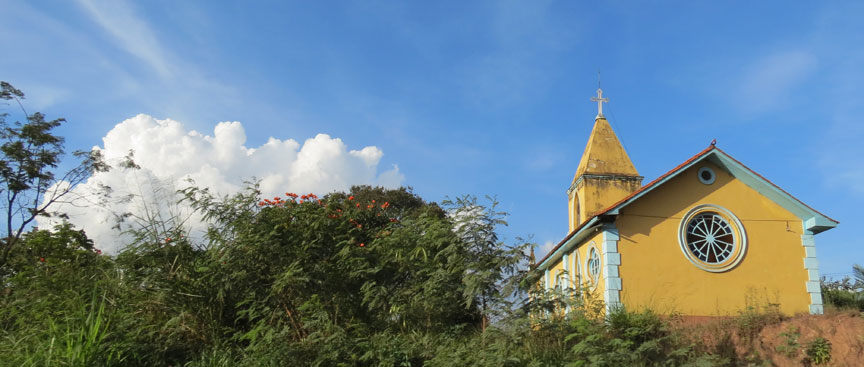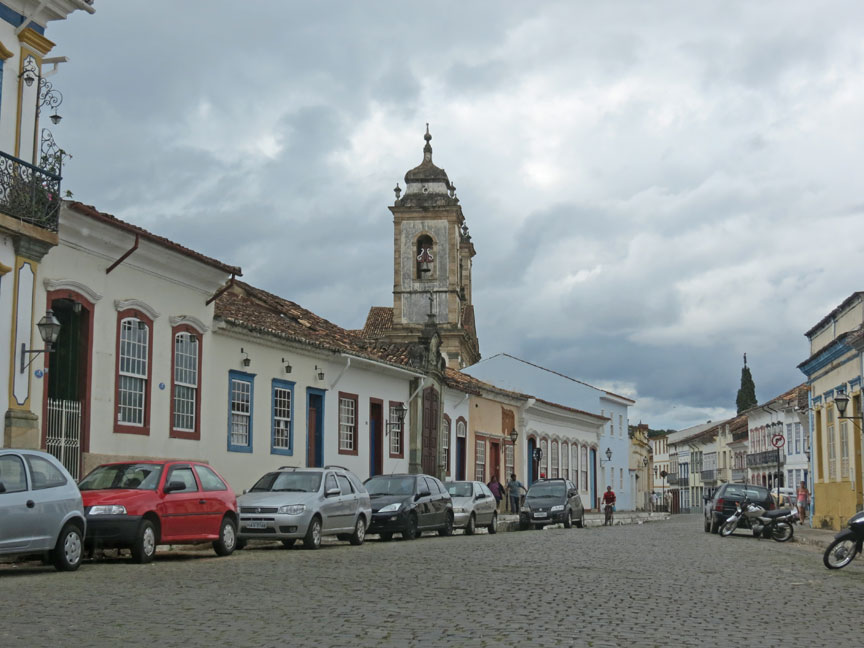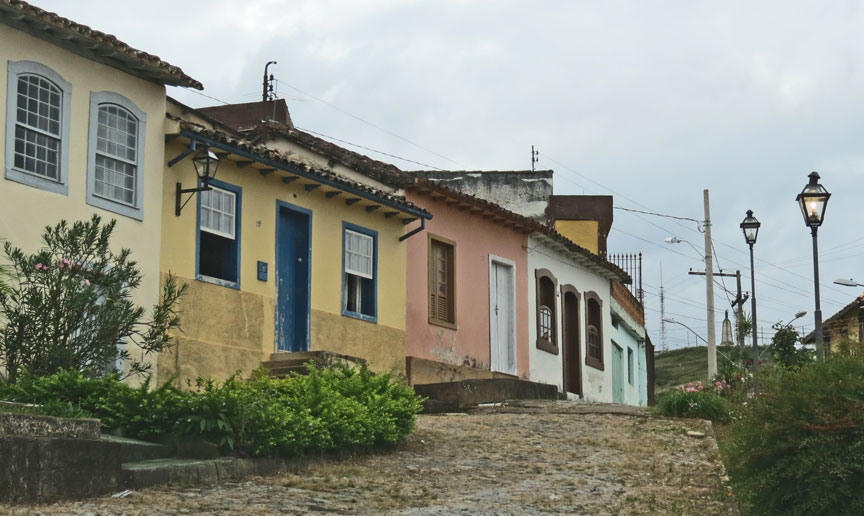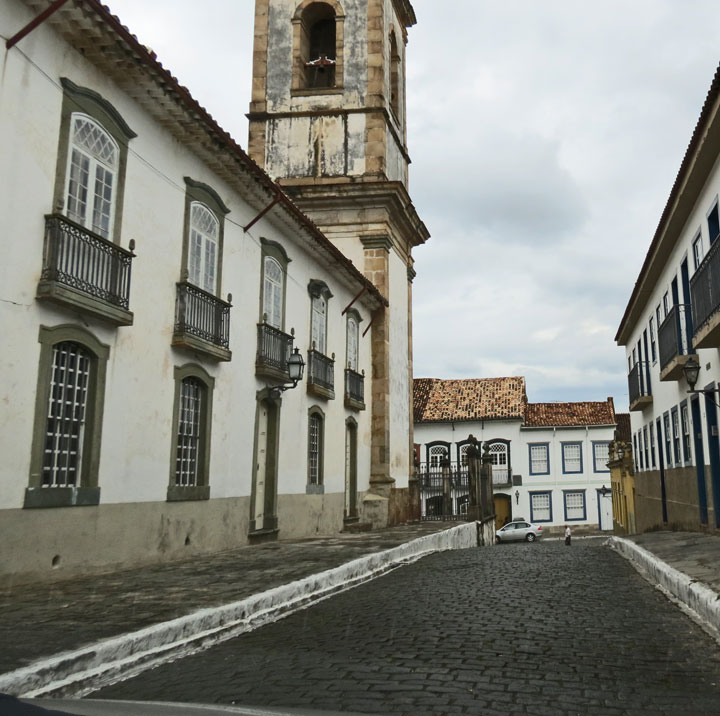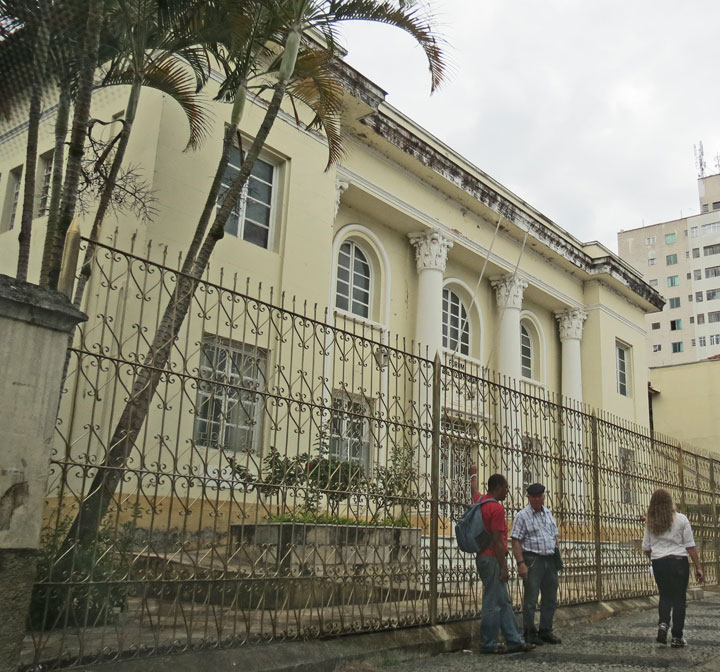

Estrada Real
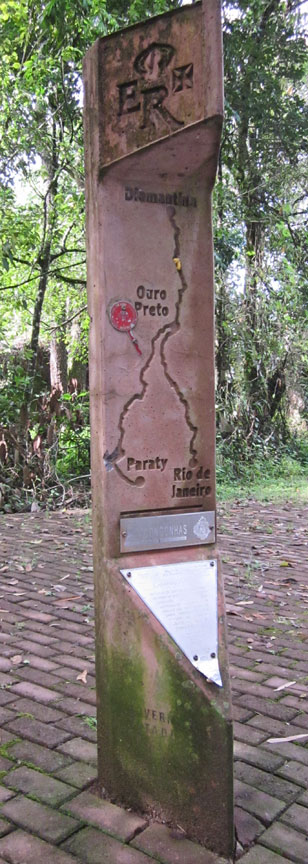
Estrada Real is a set of
colonial-era roads in Brazil.
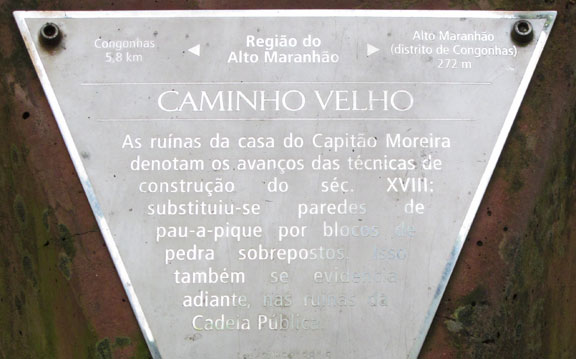
The name refers to any land which at the time of colonial Brazil,
was covered on the process of settlement and economic exploitation of its
resources, in conjunction with the international market. In this perspective,
the designation "Royal Road" reflects the fact that this was the only authorized
way for the movement of people and goods. The opening or using other means
constituted crime of lese-majeste, being there the origin of the word
embezzlement, meaning smuggling.
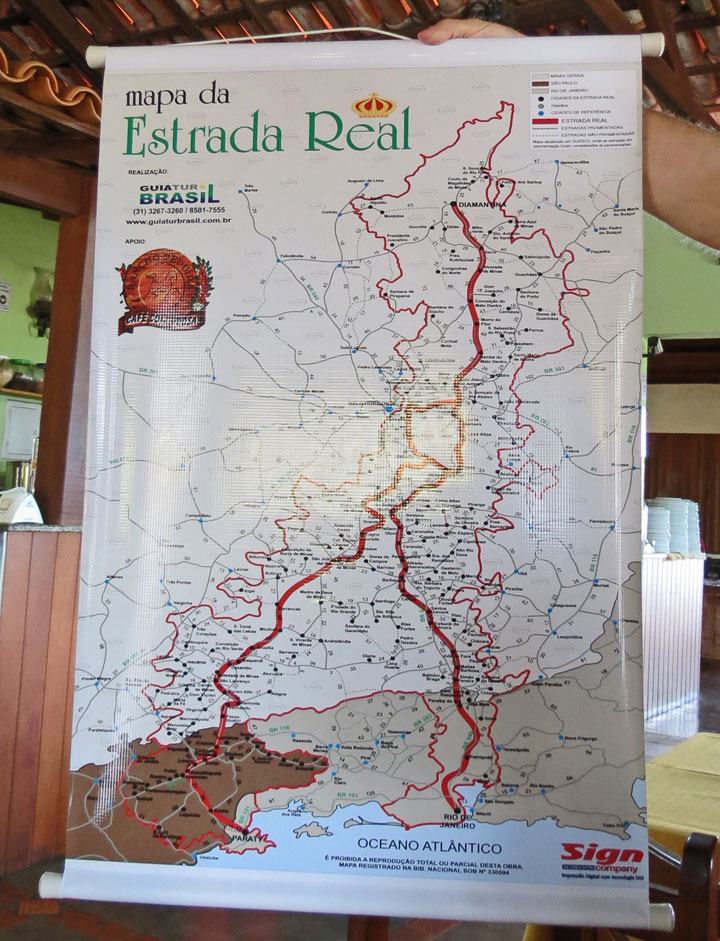

From the second half of the eighteenth century there was a decline in mineral
production in the district of Minas Gerais that led to an increase of fiscal
policy and a dissatisfaction which led to the independence movement. With the
Independence of Brazil in the early nineteenth century, these paths become free,
thus building, with the wealth provided by coffee plantations, the main thrust
of urbanization in the Southeast.
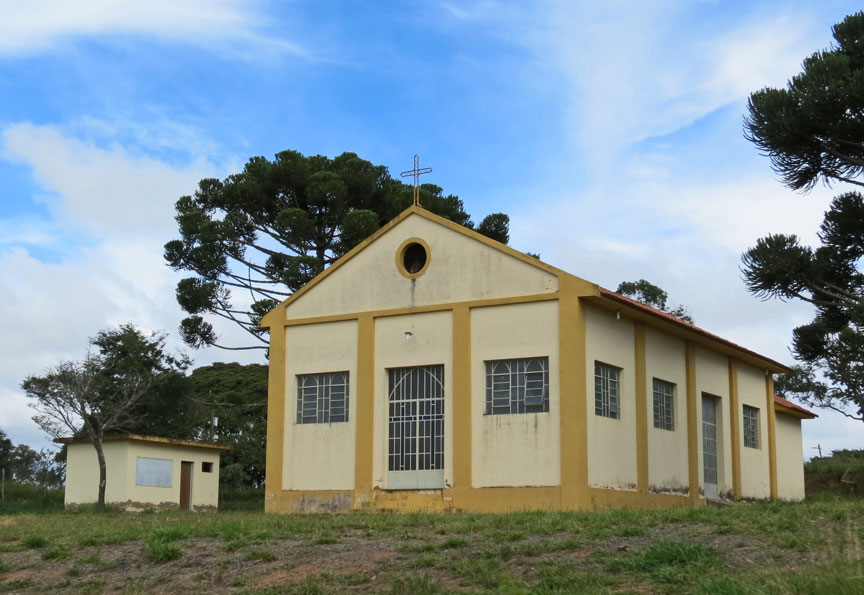
Portuguese colonists of Brazil and their African slaves began building the road
in 1697 shortly after gold, diamonds, and other precious minerals were
discovered in the present-day state of Minas Gerais. The purpose of the road was
to facilitate the movement of those minerals from the interior to the coast and
thence to Lisbon. The original road—Caminho Velho—began in Paraty and went north
through the towns of São João del-Rey, Tiradentes, Coronel Xavier Chaves,
Congonhas, Itatiaia and, ultimately, Vila Rica, today's Ouro Preto. Later, the
distance to Ouro Preto was shortened by the Caminho Novo, which started from Rio
de Janeiro. The road was extended northward through Mariana, Catas Altas, Santa
Bárbara, Barão de Cocais, Ipoema, Conceição deo Mato Dentro, Serro, São Gonçalo
do Rio das Pedras, and, at the northernmost point, Diamantina. The length of
both roads combined is about 1,400 km (850 mi).

Transportation along the road was tightly controlled by agents of the Crown to
prevent smuggling and unauthorized movement. Goods were transported in mule
trains known as tropas, led by tropeiro mule drivers. Products from Portugal
made their way up the road while minerals made their way to the coast, as
manufacturing and many crops were prohibited by the Crown so as to keep the
region economically dependent on Portugal. Many of Brazil's hearty dishes, such
as feijão tropeiro and tutu, were originally prepared by the tropeiros, who
needed food that could be transported without spoiling.
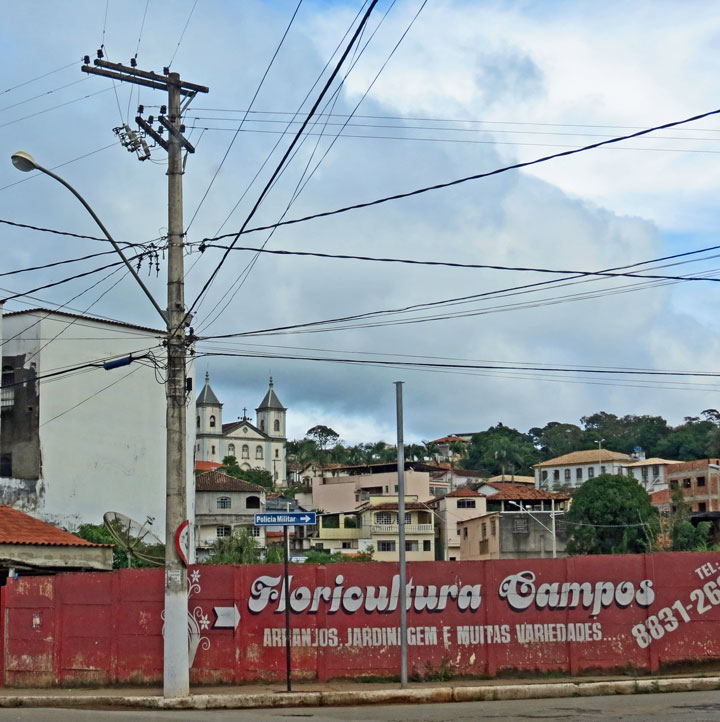
The towns along the Estrada Real were opulent in the days of gold and diamonds,
but by the end of the 18th century, the minerals became more scarce and the
economy went into decline. Recent efforts by governmental and non-governmental
organizations are turning the Estrada Real into a route that leads tourists
through the cradle of Brazilian culture. The road is still mostly unpaved, and
the towns and villages along the way appear much the way they did in the 19th
century. Magnificent churches still stand in towns that have been economically
stagnant for over a century. The tourism initiative is educating people to
retain their traditional ways and preserve the Baroque architecture of their old
churches and government buildings.
Text from Wikipedia

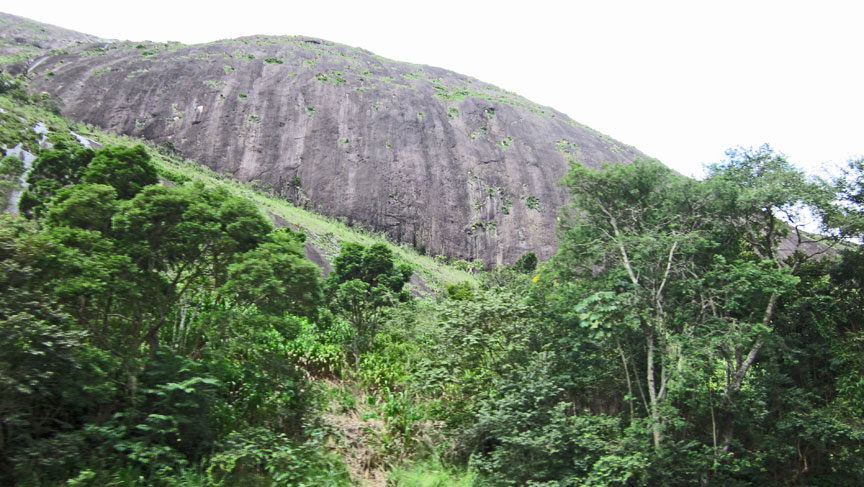
large rock similar to sugarloaf
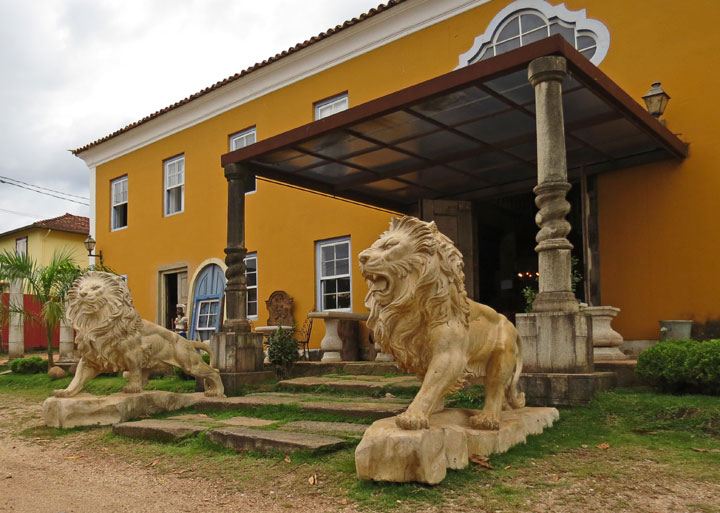
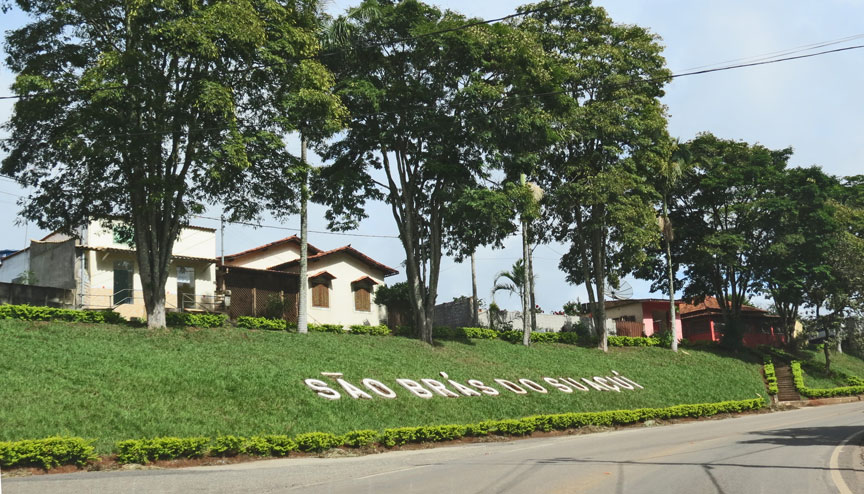
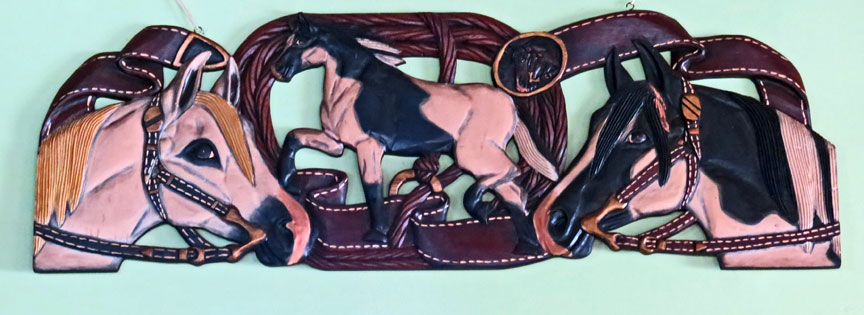
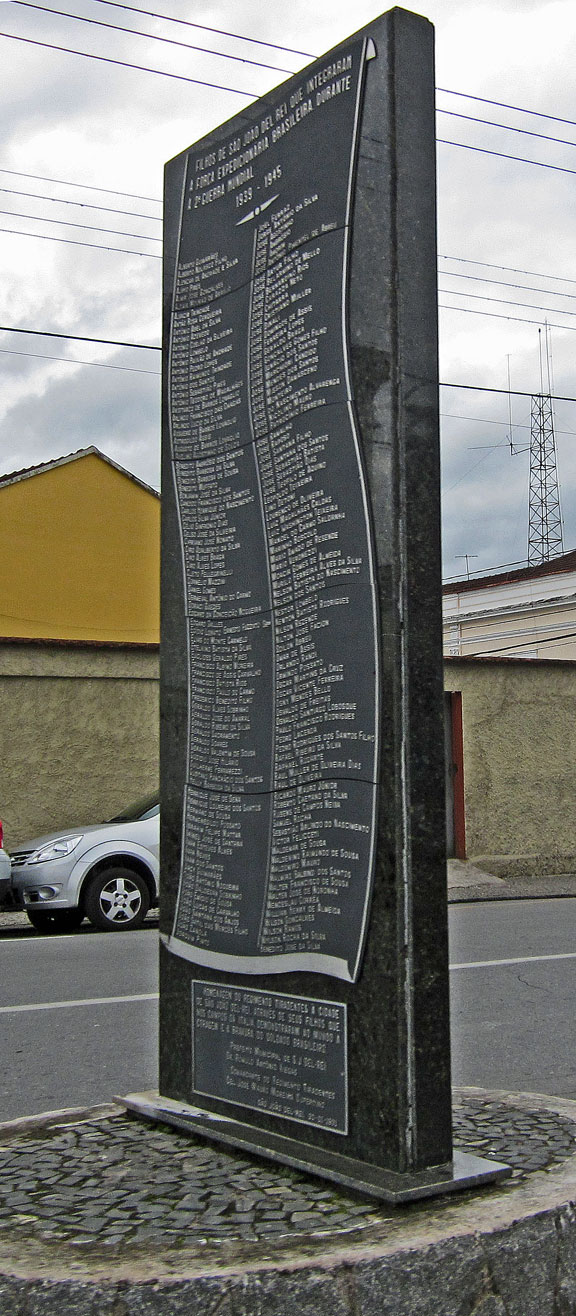

cages for pets while you eat in this restaurant
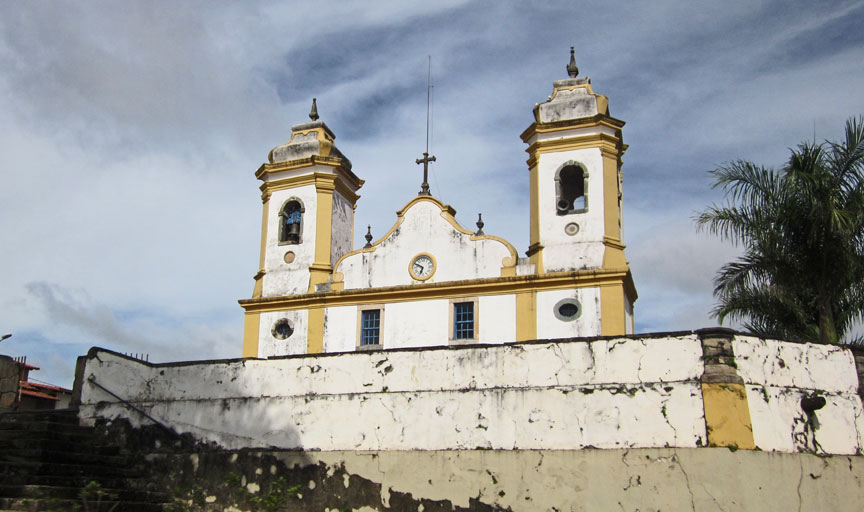
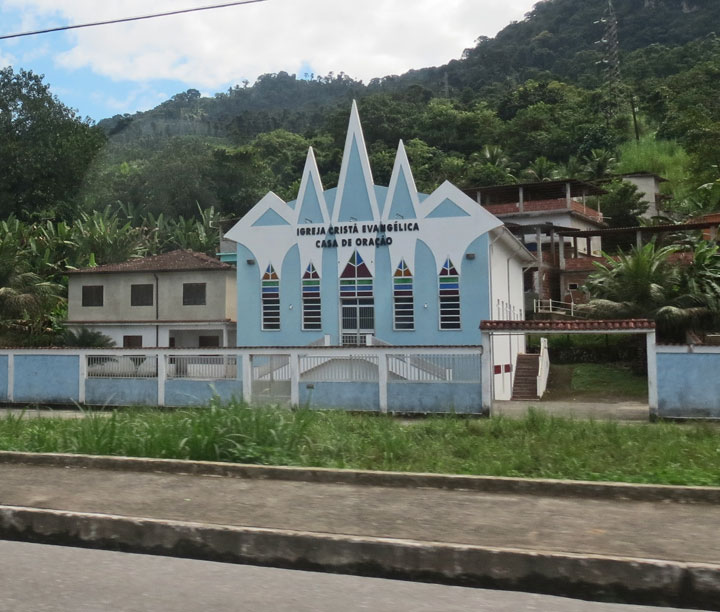
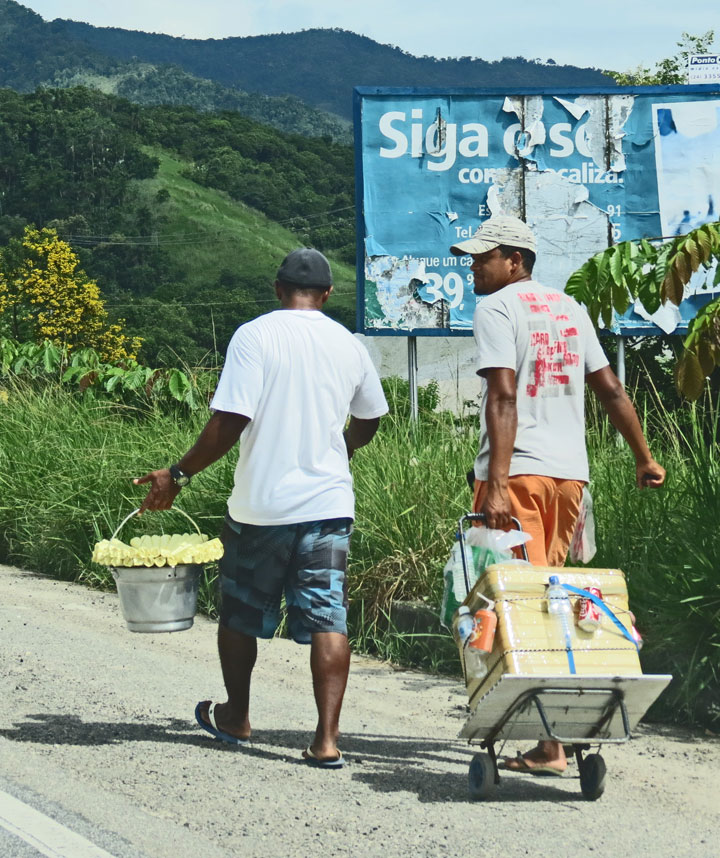
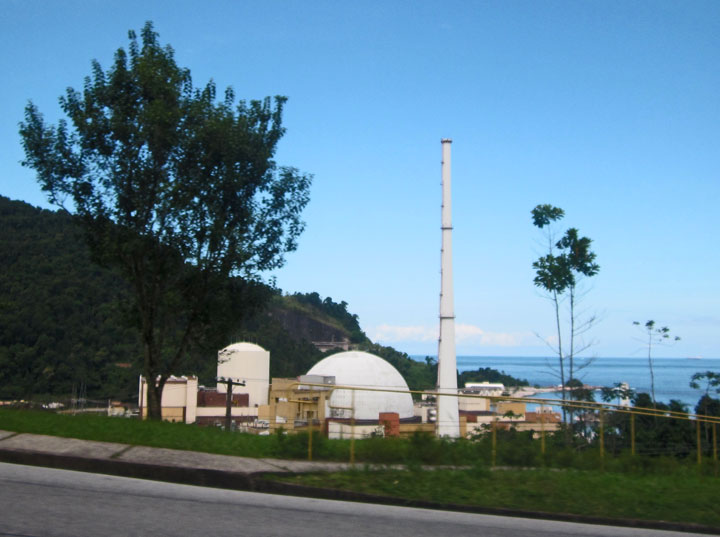
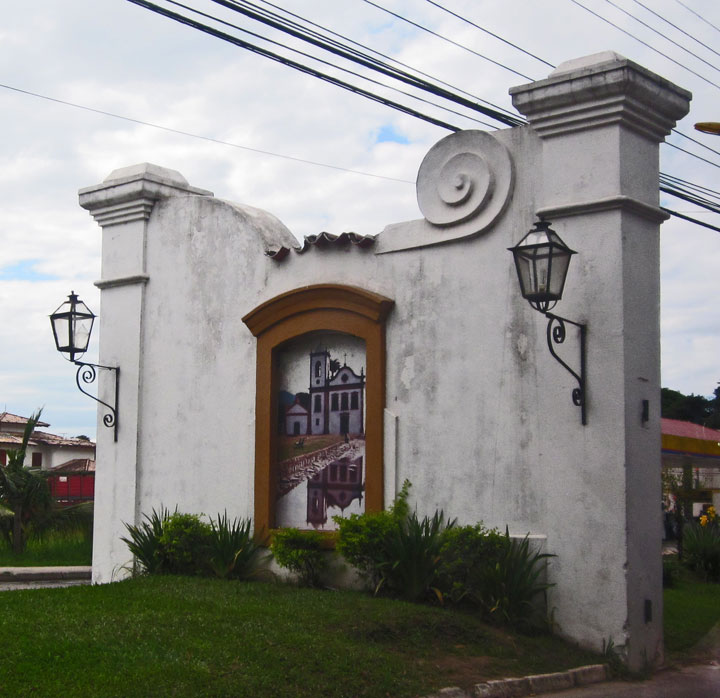
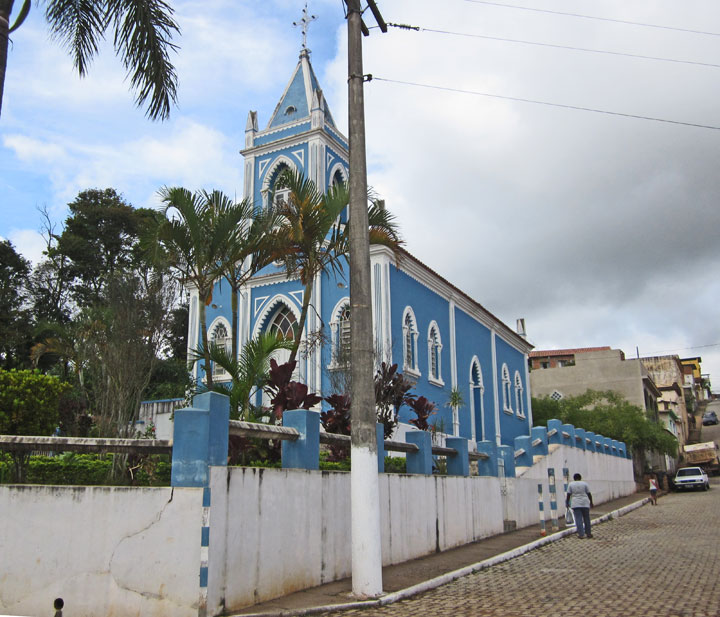
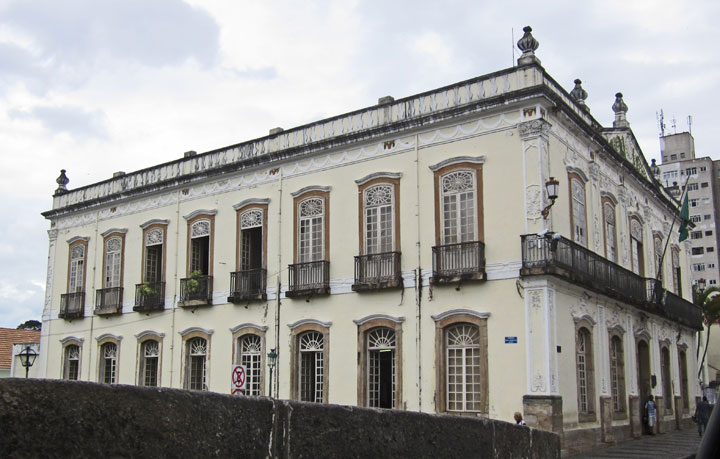


cactus fence
Alberto Santos Dumont
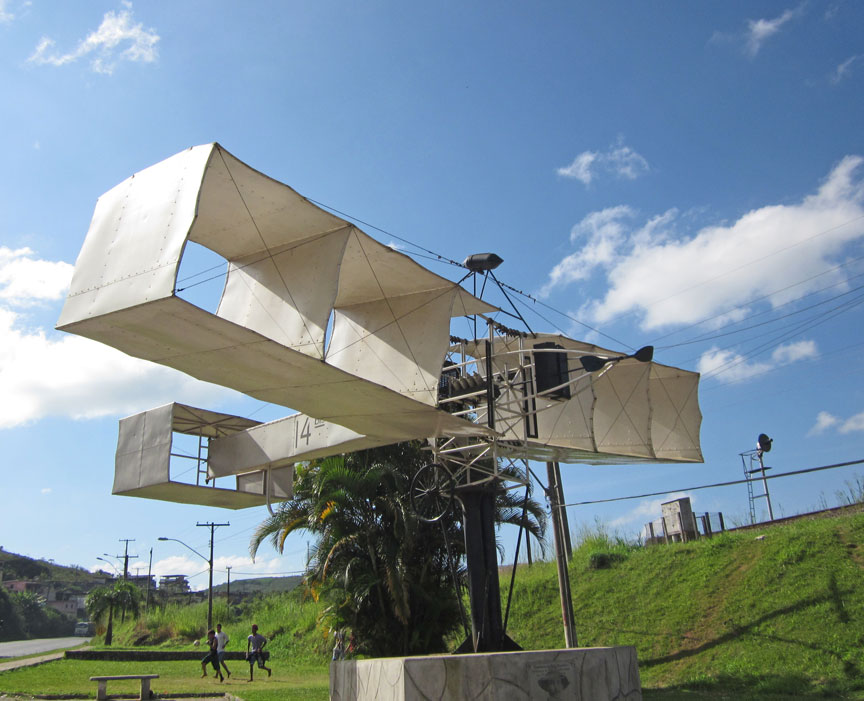
Alberto Santos Dumont was born July 20, 1873, in the village of Cabangu, State of Minas Gerais, Brazil. At the age of 18, Santos Dumont was sent by his father to Paris where he devoted his time to the study of chemistry, physics, astronomy and mechanics. His first spherical balloon, "Brasil," ordered from Maison LaChambre, with the capacity of 113 cubic meters, capable of lifting a ballast of 114.4 lbs, and having in its lower part a wicker basket, made its first ascension in Paris on July 4th, 1898. His second balloon, "America," had 500 cubic meters of capacity and gave Santos Dumont the Aero Club of Paris’ award to study the atmospheric currents. Twelve balloons had participated in this competition but "America" reached a greater altitude and remained in the air for 22 hours.
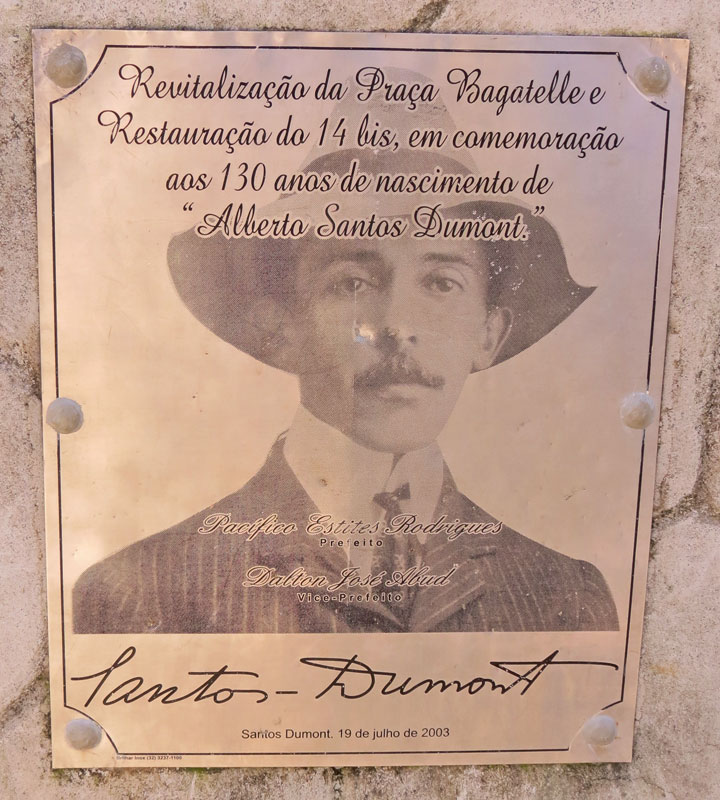
Putting aside the aerostation, he began to devote himself towards solving the problem of steering the balloons. His first steered balloon, "Santos Dumont no. 1," ascended on September 18th 1898. Balloons "Santos Dumont no. 2," which wasn’t successful, and "Santos Dumont no. 3," built at the Vaugurand workshop, followed. "Santos Dumont no. 3" ascended on November 13th, 1890. It circled a few times the Eiffel Tower, headed to the Park and from there finally headed towards the Bagatelle field where it landed flawlessly.
In view of the success of no. 3 balloon, the Aero Club of France was founded and Mr. Deutsch de La Meurt instituted the "Deutsch Prize" to be awarded to the balloonist who, taking off from Saint-Cloud, circumnavigated the Eiffel Tower and returned to the starting point in less than thirty minutes. This prize was conquered by Santos Dumont on October 19th, 1901, with dirigible no. 6. Besides this prize, Santos Dumont received the sum of 100,000 francs which he distributed in equal parts to his workers and the beggars of Paris.

Dirigibles nos. 7, 8, and 9 followed. With the latter, on July 4th, 1903, Santos Dumont maneuvered over Longchamps, where a military parade was being held in commemoration of Bastille capture.
Once he solved the problem of steering the lighter-than-air vehicle, Santos Dumont devoted himself to the heavier-than-air problem. Aboard the 14-BIS he made his first unsuccessfull attempt in July, 1906. On September 7th, the 14-BIS wheels left the ground for a moment; on the 13th it could reach the height of one meter; on October 23rd, the airplane flew 50 meters. It was on November 12th, 1906 that Santos Dumont’s airplane, the 14-BIS, flew a distance of 220 meters at the height of 6 meters and at the speed of 37,358 km/h. Thanks to this flight the "Archdecon Prize" was awarded to Santos Dumont, who had thus, solved the problem of making a heavier-than-air machine take off by its own means.

Santos Dumont died on July 23rd, 1932, in Brazil. According to the law no. 165 of December 5th, 1947, enacted by the National Congress of Brazil and sanctioned by His Excellency President Eurico Gaspar Dutra, Alberto Santos Dumont was permanently listed in the Brazilian Air Ministry Almanac with the rank of Lieutenant Brigadier. He was promoted to the Honorary rank of Air Marshall on September 22, 1955, according to the law no. 3636, and is permanently listed in the Brazilian Air Ministry Almanac.
Text from Wikipedia

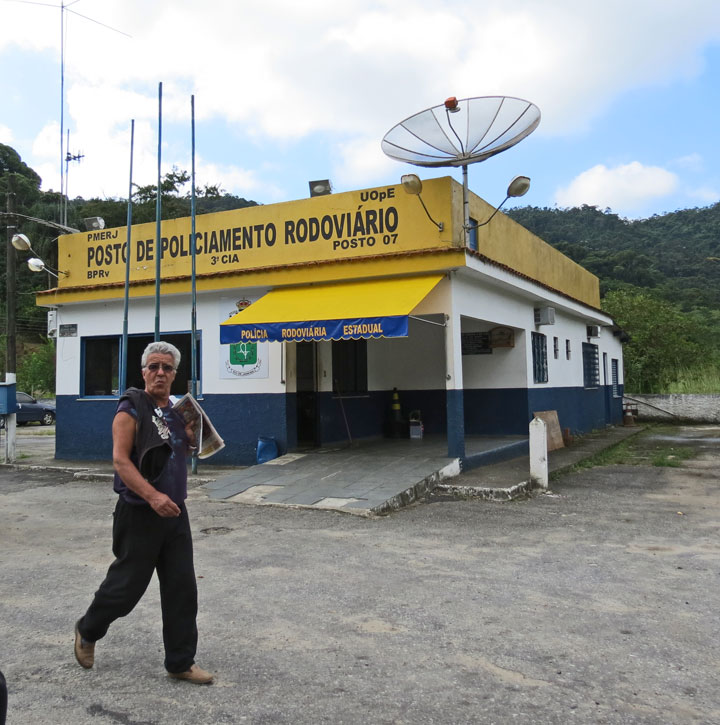

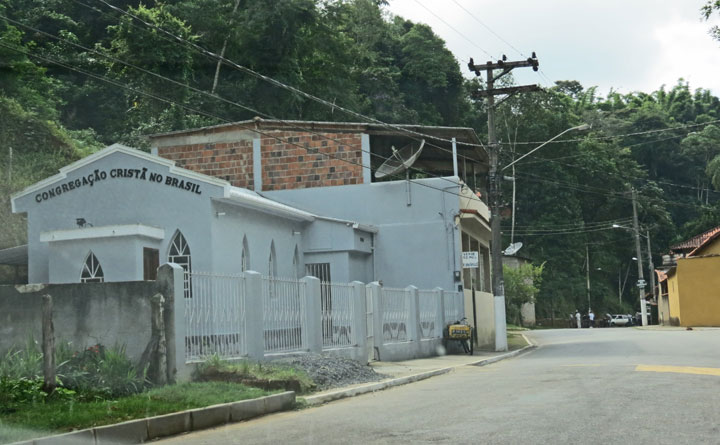
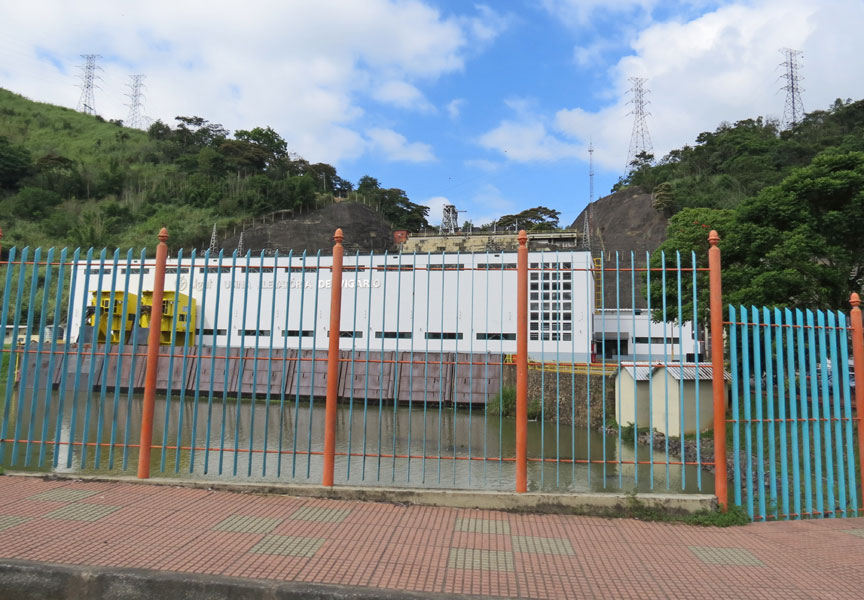
electric power dam

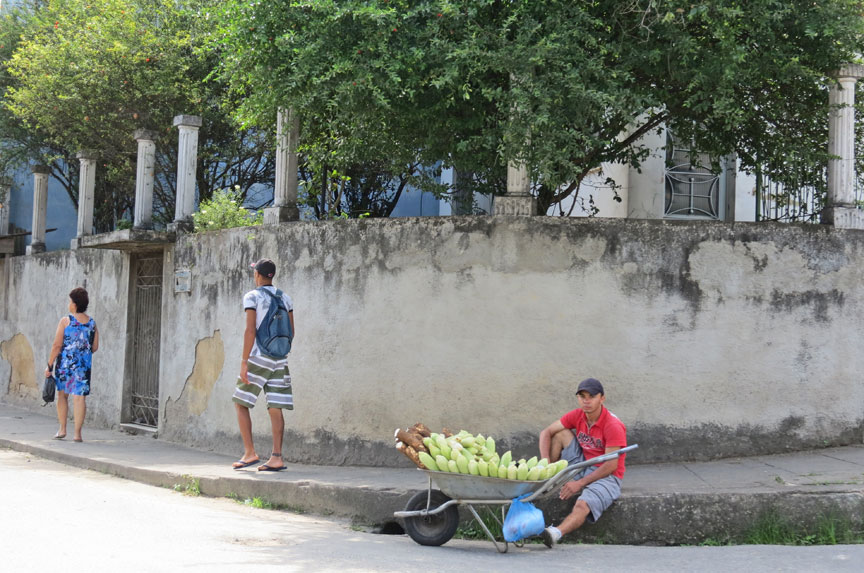
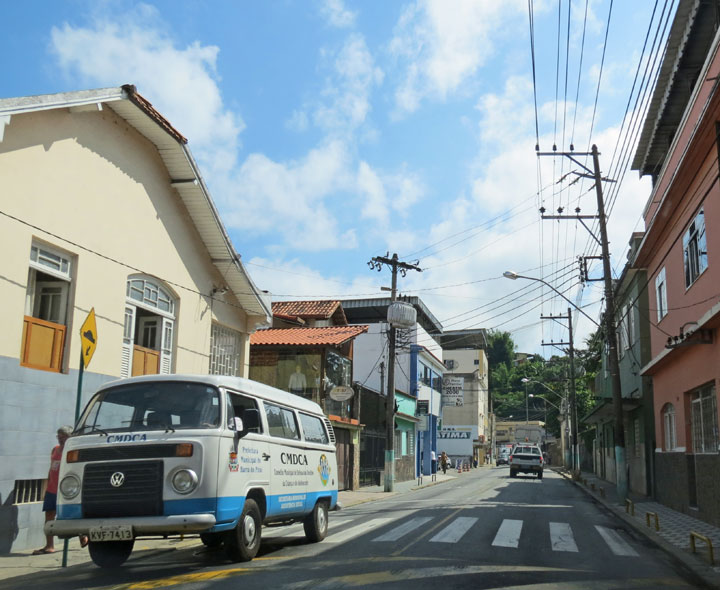
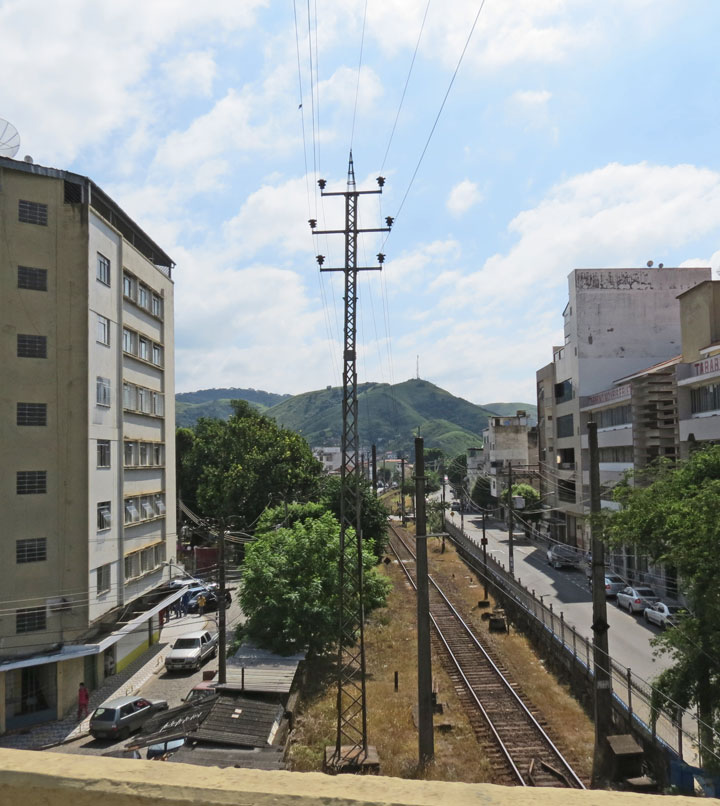
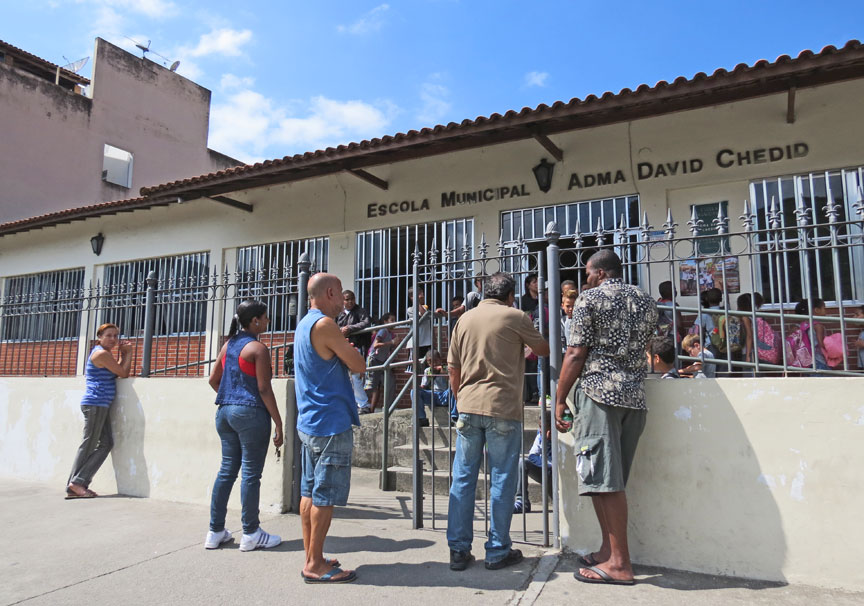
at school waiting for the children
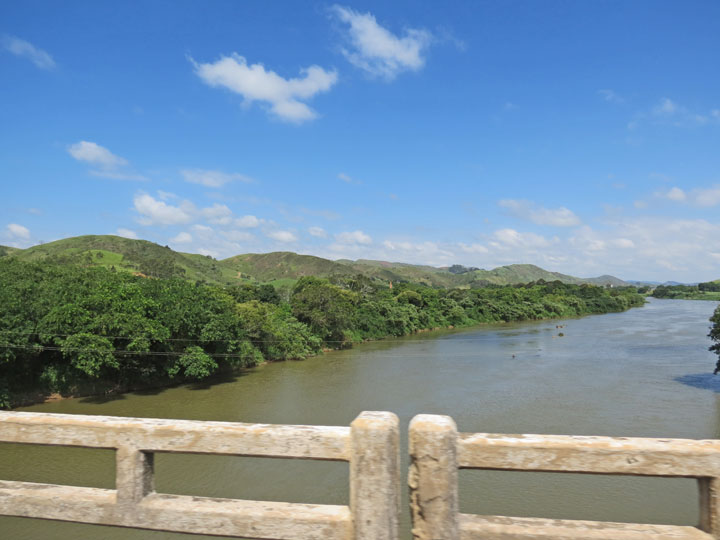
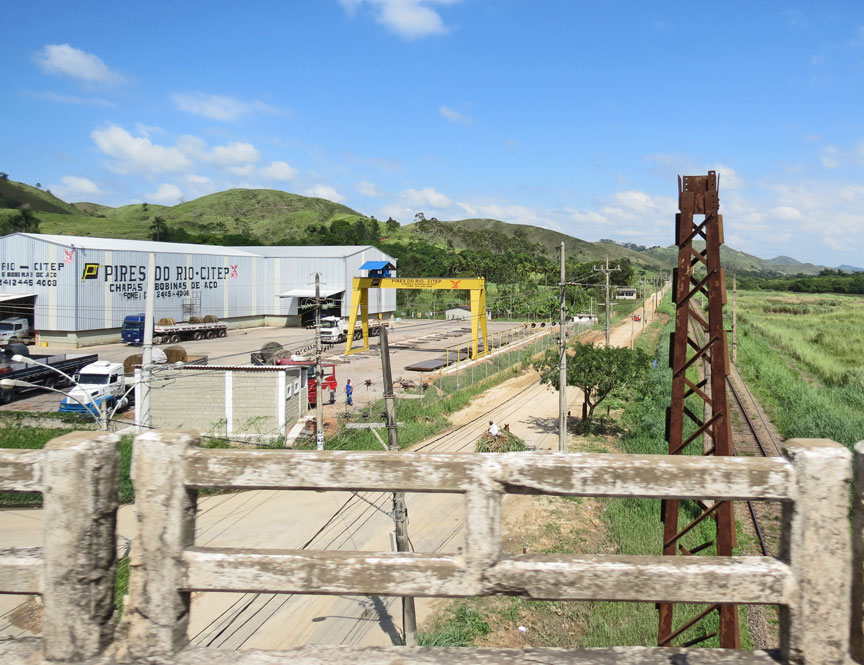
along the railroad
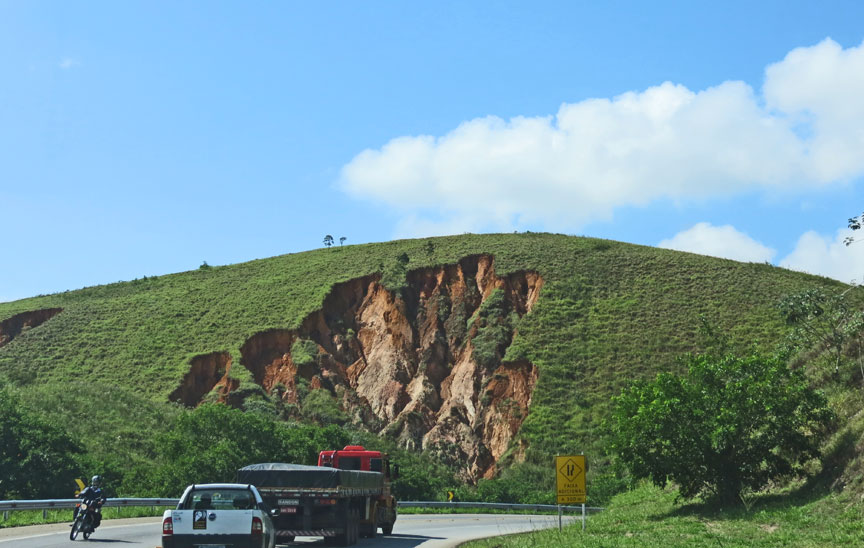
landslide
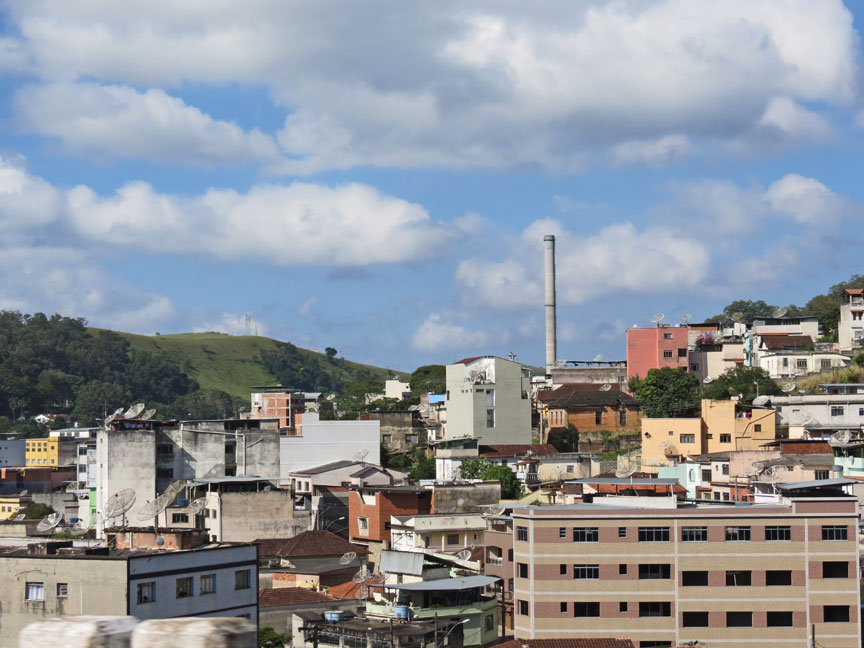
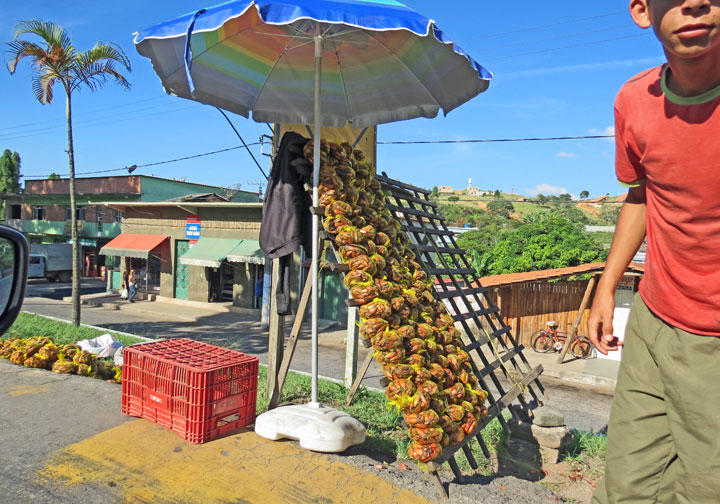
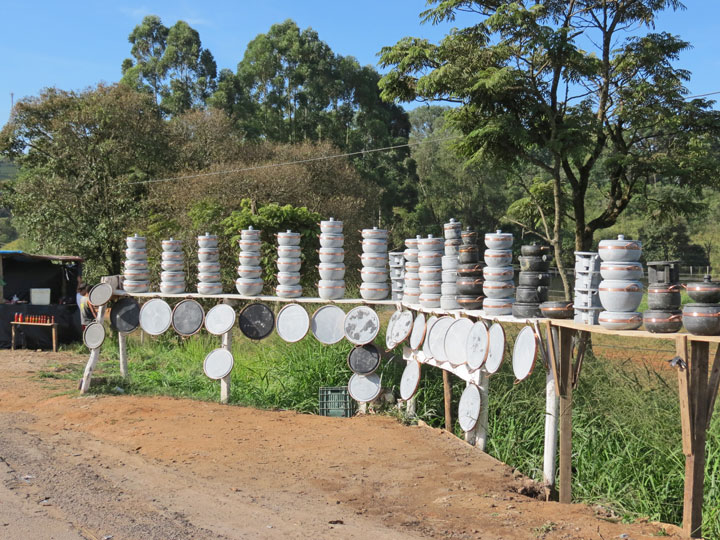
soapstone bowls and heating plates
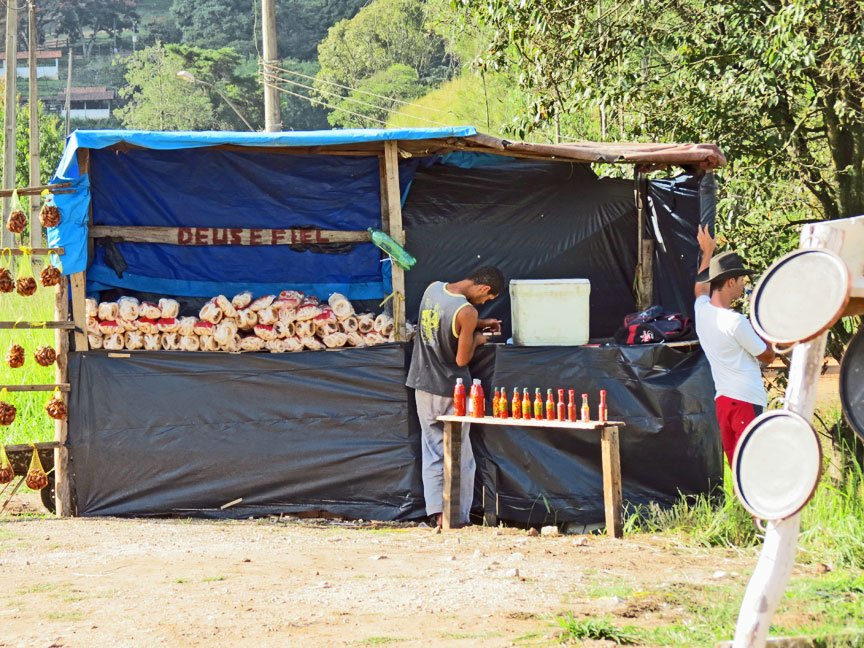
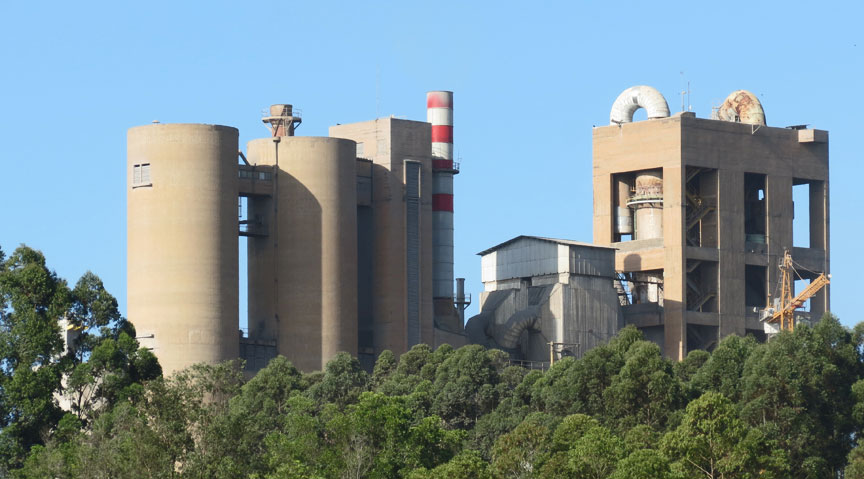
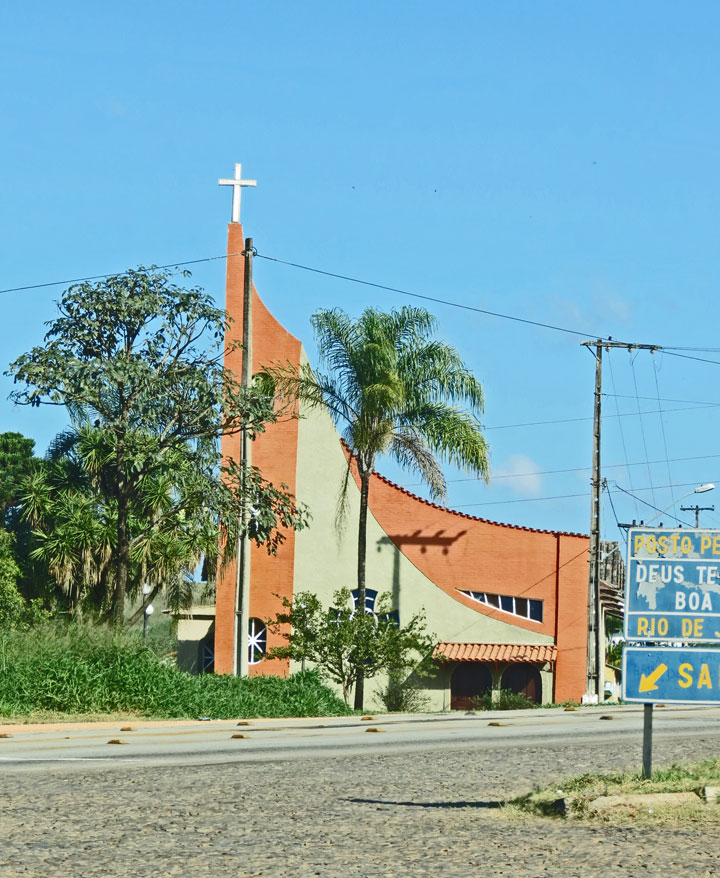
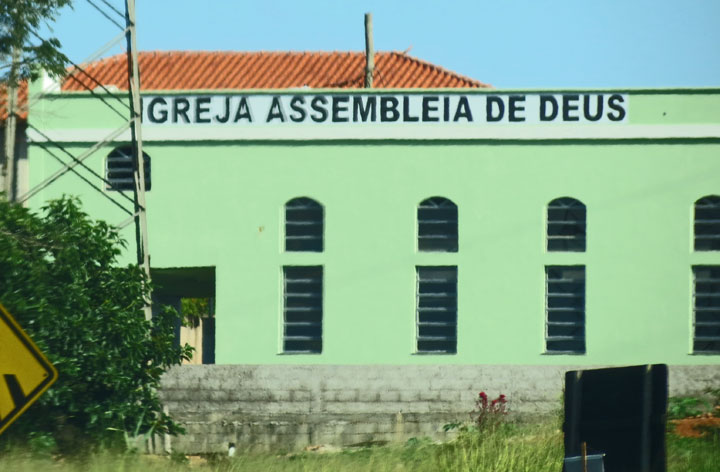
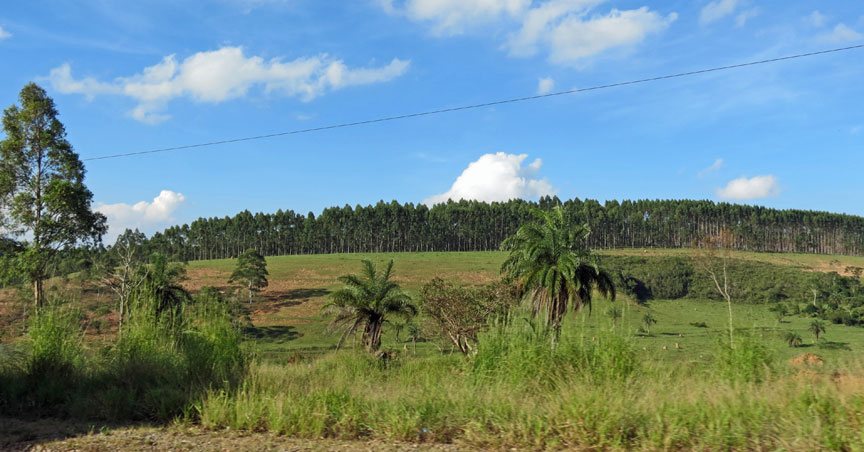
planted trees for the charcoal market

honoring the steel industry
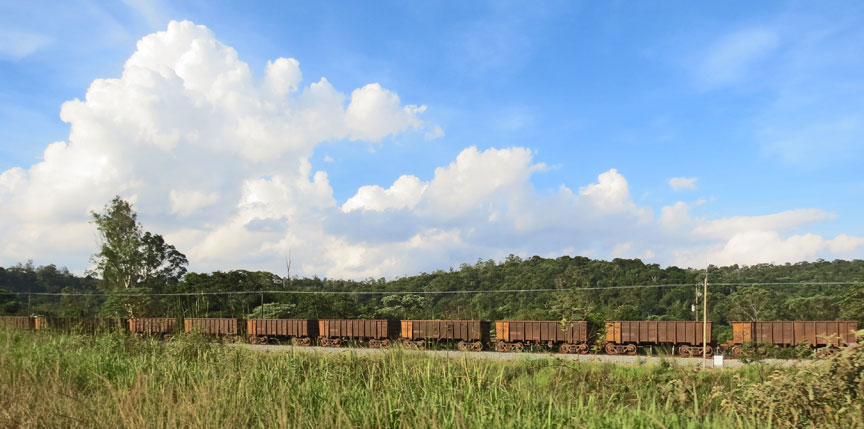
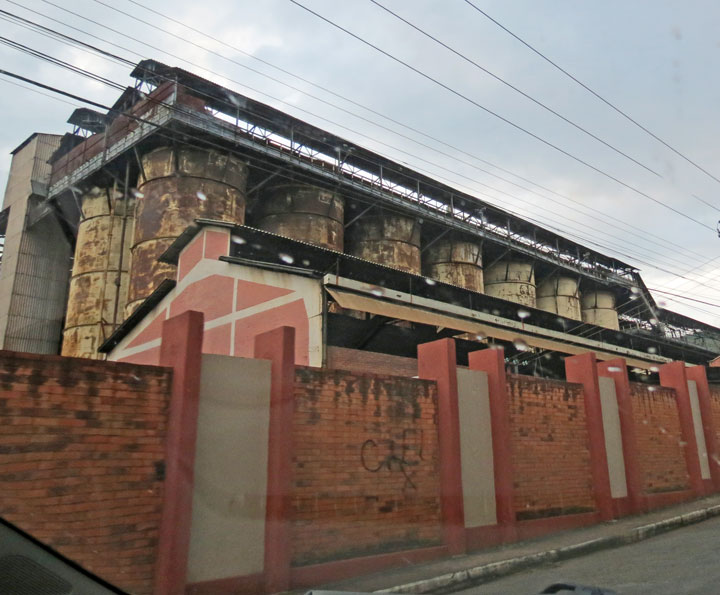
aluminum smelter
